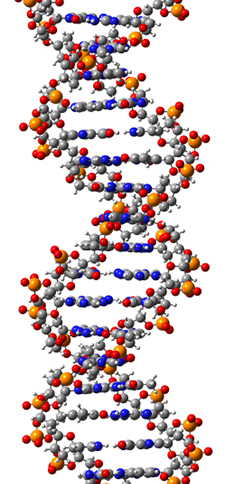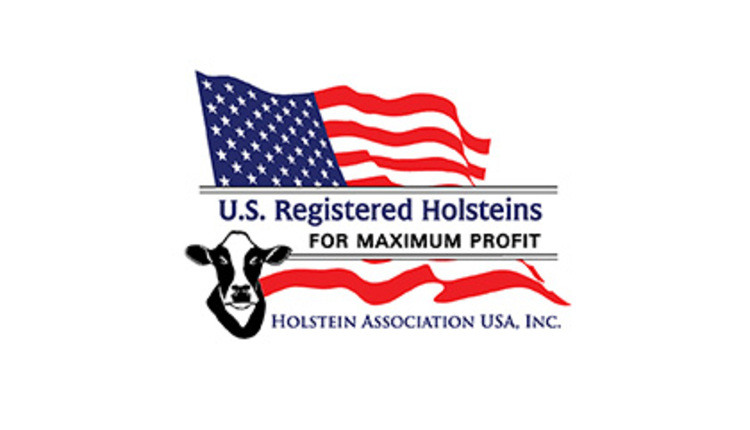 "Genomics have changed how dairies are run," said Joåo Dürr, chief executive officer of the Council on Dairy Cattle Breeding, while presenting at the American Jersey Cattle Association's annual meeting.
"Genomics have changed how dairies are run," said Joåo Dürr, chief executive officer of the Council on Dairy Cattle Breeding, while presenting at the American Jersey Cattle Association's annual meeting. Genetics and cattle management used to be separate domains. But, genomic evaluations are finally being seen as a management tool that bolsters producers' decision-making process. "As the generation interval has shortened since 2009, young animals have come to rule the roost," stated Dürr.
More and more, dairymen are using a heifer's genetic snapshots to determine if its genes will be carried into future generations or if its genetic progress has reached the end of the road.
"These changes challenge the traditional business model. We all need to adapt to the reality of what's in front of us," added Dürr.
Yet, while genomics now play an integral role in many farms' breeding decisions, Dürr noted that genotypes are not the most important data we have. "Phenotypes, or type traits, outrank genotypes. We need to continue collecting type trait data. Without it, genomics aren't worth much."
Furthermore, there is a need to share data and collaborate among breeds, both domestically and globally. "To enable better predictions, more information is needed," said Dürr. More data, though, isn't enough. "Reliable records are essential. Otherwise we have a garbage in, garbage out scenario," he added.
With genomics has come an overwhelming demand for new services. "A lot of work is needed to train and retain young people as we continue to drive the field forward," commented Dürr.

The author, Amanda Smith, was an associate editor and is an animal science graduate of Cornell University. Smith covers feeding, milk quality and heads up the World Dairy Expo Supplement. She grew up on a Medina, N.Y., dairy, and interned at a 1,700-cow western New York dairy, a large New York calf and heifer farm, and studied in New Zealand for one semester.








